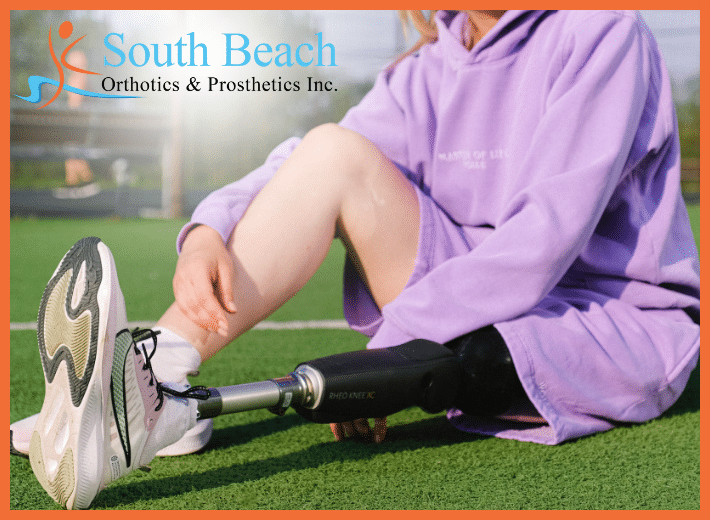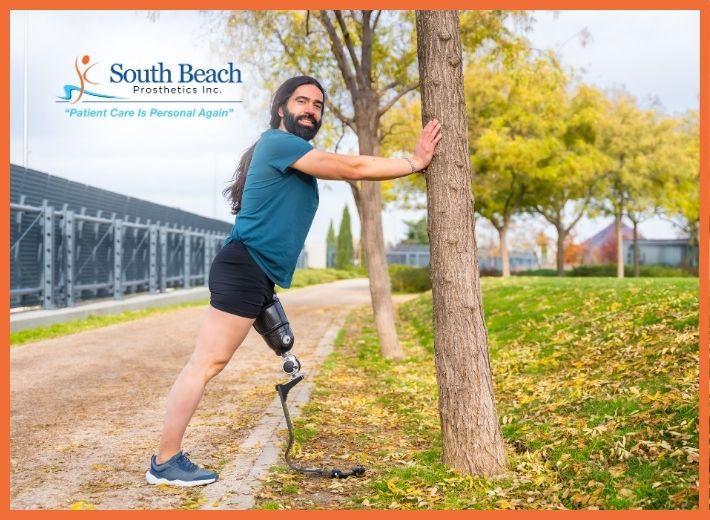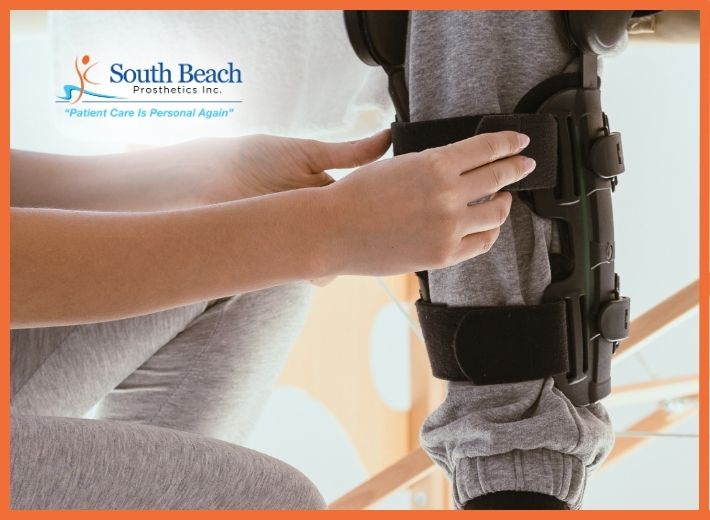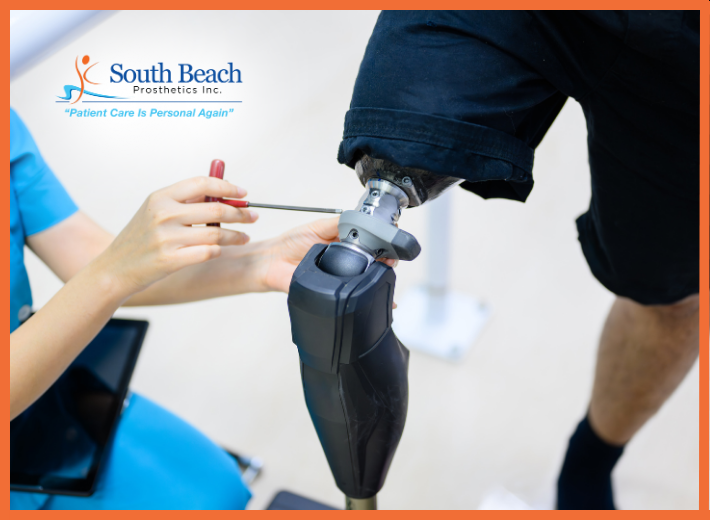Hypersensitivity to touch in your residual limb occurs in many cases. Engaging in a comprehensive rehab program, including exercise and desensitization exercises, can help you have a successful recovery after limb amputation. Here, you can understand more about desensitization exercises.
If you have had a limb amputation, you may benefit from the skilled services of a physical therapist to help you regain maximal mobility. Your physical therapist can show you exercises to do, teach you how to manage your prosthesis, and maximize mobility while minimizing pain or discomfort. Rehabilitation after a limb amputation—lower extremity or upper extremity—typically involves several different components. Exercise can help improve your strength and range of motion. Wrapping can help shape your residual limb to prepare it for proper use of the prosthesis. Desensitization exercises can help decrease residual limb hypersensitivity.
Desensitization exercises may be one component of your rehab program after limb amputation. These exercises are designed to help decrease hypersensitivity that may occur after an amputation. After an amputation, you may feel phantom limb pain. Sometimes the end of your limb may become very sensitive to touch. This can make using a prosthesis difficult or impossible.
Why Are Desensitization Exercises Necessary After Amputation?

After limb amputation, an area of hypersensitivity can develop along the healed surgical incision. This can make wearing a compression bandage painful and it may interfere with prosthetic use. Special desensitization exercises can help decrease this uncomfortable sensation. The technique involves the gradual advancement of texture and pressure application to the hypersensitive area. By consistently providing a changing input to the nerves of your residual limb, your hypersensitivity will decrease and prosthetic use can become more comfortable and natural.
Before starting desensitization exercises—or any other exercise after an amputation—check in with your doctor or physical therapist to ensure that the exercises are safe for you to do. You should never rub any material over an open incision or wound as part of desensitization exercises. This may cause infection to enter your body through the incision.
To begin, lightly rub a smooth textured material, like silk, across the hypersensitive site. Rub back and forth, in circles, and random directions. Be sure to cover the entire area that may be hypersensitive. You should feel discomfort, itching, pain, or sensitive sensations while rubbing the material on your residual limb. You should rub over the sensitive area for a few minutes, and the desensitization exercises can be done several times each day.
When you stop rubbing your limb during the desensitization exercises, the uncomfortable sensations you are feeling should go away. At the very least, they should decrease in intensity.
Once the sensation becomes comfortable over the course of days or weeks, advance the texture as well as the pressure applied. A rougher surface may be required and slightly more pressure against your residual limb may be necessary. Desensitization should be performed every two hours for 15 minutes throughout the day.
Different Textures to Use for Desensitization Exercises
You should use various textures for your desensitization exercises. This can help you gradually decrease the hypersensitivity you are feeling in your residual limb. Your physical therapist can give you ideas of different textures to use to advance your desensitization exercises.
Texture advancement may be progressed from smooth to rough as follows:
- Silk
- Cotton
- Velvet
- Corduroy
- Wool
Your tolerance to each texture may vary, and you may have to progress slowly over a few days (or weeks) for each type of texture. Working closely with your PT and doctor during this time can be important, just so you know exactly what to expect with desensitization exercises.
By performing your desensitization exercises using a variety of surfaces and pressures, you may be able to decrease your overall hypersensitivity to touch in your residual limb. Engaging in a comprehensive rehab program, including exercise and desensitization exercises, can help you have a successful recovery after limb amputation.
Our team understands your journey, and we go above and beyond to make sure you can overcome every challenge. We are here for you. Connect with us to learn more at (855) 958-1777 and join our Facebook community. Remember – we also offer free transportation for prosthetic appointments and deliver in-home care. You can also ask us about the South Beach Prosthetics Friends program for support and camaraderie.
Reference: [https://www.verywellhealth.com/desensitization-exercises-2696171]



